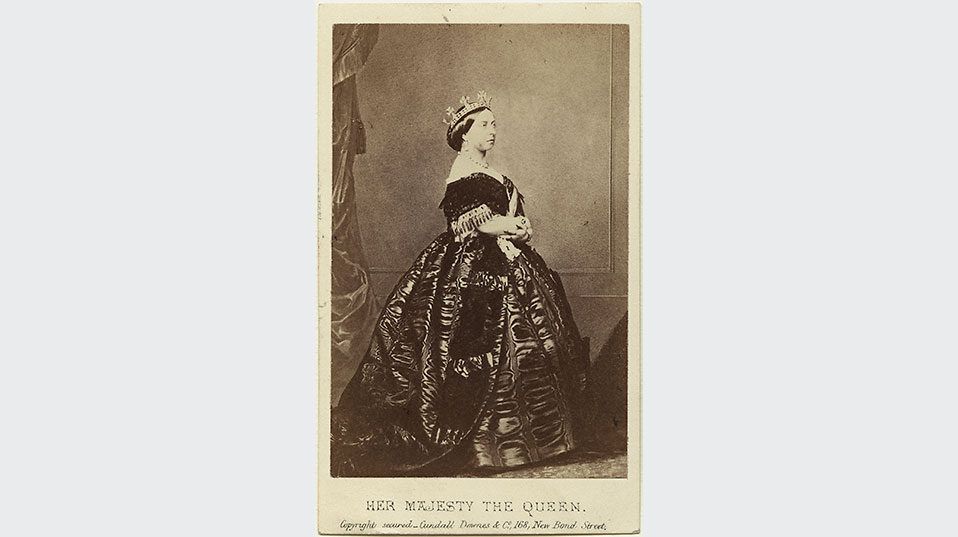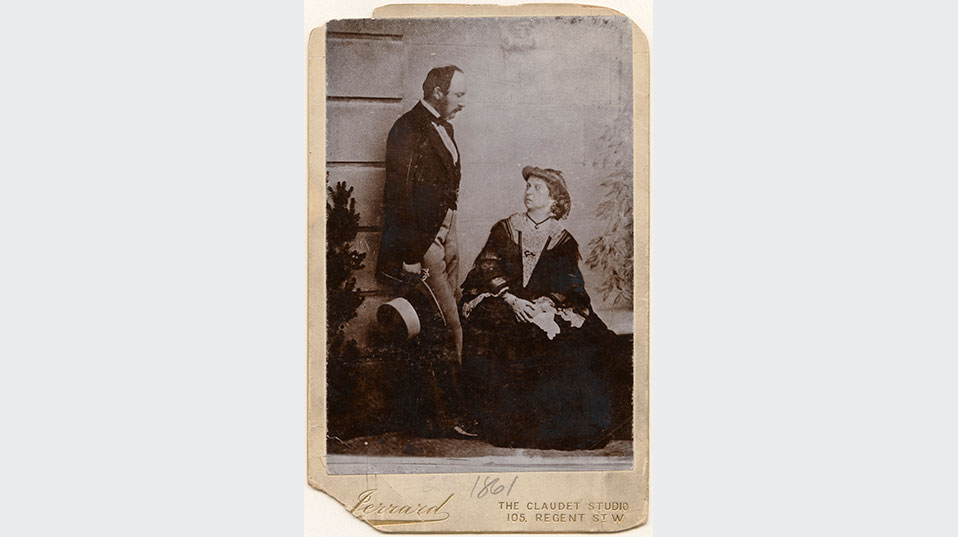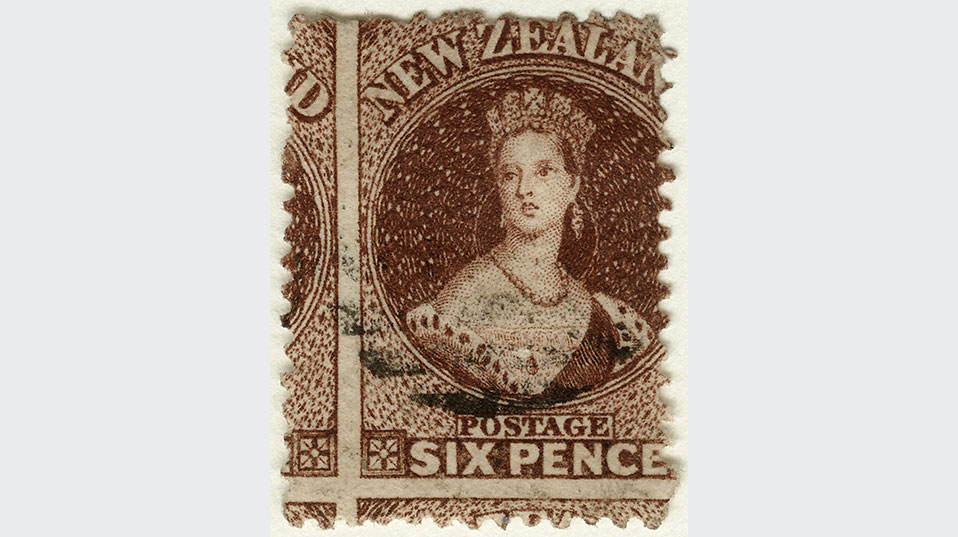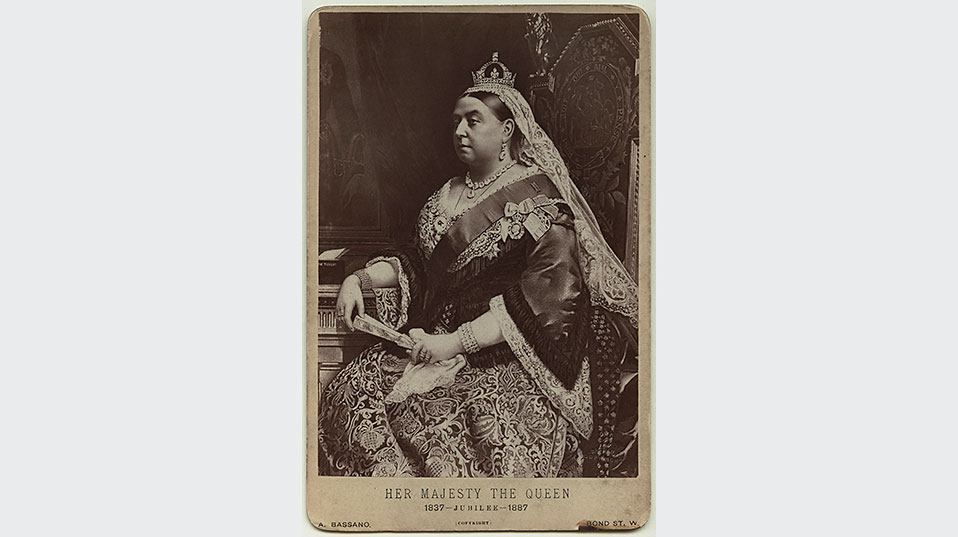Photography: artistic creation or reflection of nature ?
Text: Christoph Dieffenbacher
Several Basel research projects are using photography as a lens through which to study the mass production of images and their impact. For many, the 19th-century medium still does not count as an art form.
We are confronted with images every day – moving and still, in public spaces and in private. We see them in the media, take millions of photos with our smartphones worldwide every day, and save them, show them, forward them. We will also soon be able to move our own bodies through the imagery of virtual reality worlds.
Art historian Eva Ehninger notes that images are often accorded an emancipatory quality, especially within artistic practice: “They can break taboos and make us think in a way that, for instance, helps us perceive society differently and thus frees us from norms and traditional values.” Ehninger – now a professor at Humboldt-Universität zu Berlin since March 2017 and previously Laurenz Assistant Professor of Contemporary Art at the University of Basel – says, however, that the history of photography justifies a critical discussion of its alleged emancipatory power.
Photographs have been credited with having a special relationship to reality. They were considered (and often still are) as objective, unfiltered mirror images of their environment. “The alleged ‘naturalness’ of the photographic image makes it especially attractive for political or ideological appropriation. Photographs can seem emancipatory but they can also be used as tools for normalization or control,” says Ehninger.
Made by a machine, not an artist
The question of whether or not photos are actually art became a point of contention among experts as soon as imaging technology was invented. Photography is said to have been born in 1839, the year that the first daguerreotype was presented in Paris. In the early days, most people saw photography as a scientific discovery. For them, the new technology was very truthful – the images were, after all, thought to produce themselves and replicate nature. Doctoral student Paul Mellenthin describes this notion as “self-evidence”: “The image is no longer created by the artist’s hand, but by a machine.” The photograph as a mirror image of the world, created without the intervention of an artist was considered a further step forward in an era full of technological innovations.
For obvious reasons, the first photographers in France and the UK had to use motionless subjects: architecture, static objects, archaeological views, still life images. Ehninger explains that photography’s scientific roots can be seen in early images taken using microscopes, and in stellar photography. Citizens also wanted to use photographs to record their belongings; politicians wanted to use them to document wars. Portrait photography quickly became popular. A new type of career developed, large business segments opened up, and a mass market began to emerge. The first “snapshot” cameras became commercially available around the turn of the century and were affordable for the middle classes. As well as explaining how to take photos, the instructions also told users which subjects were best-suited to being photographed.
Royal photographs for the people
“With photography developing at such a fast pace, theory formation lagged a long way behind practice,” says Ehninger, who herself investigated the impact of images by studying the mass dissemination of photographic portraits of Britain’s Queen Victoria (1819 –1901). “These traditional depictions of a ruler also exploited photography’s pretensions to truth in order to produce a contemporary image of the monarchy,” says Ehninger. The queen was thus pictured at different ages, in different clothes, and sometimes even as an ordinary citizen. “The small-format portraits could be found in every corner of the empire. People collected them in albums and used them in collages.” Oil paintings had never achieved such a huge circulation.
When photographic portraits entered the scene, people also began thinking about what photography could do that painting could not. Ehninger says that the new technology was clearly considered subordinate: “It was said that portrait photography could lay no claim to being art. Capturing a personality in an image was considered something only an artist could do.” Doctoral student Olga Osadtschy, who also researches the history of photography, adds that “it was a constant search, a process that was heavily conditioned by technological developments and sometimes also by chance.”
Power and abuse
Nevertheless, many artists reacted sensitively to the new medium. Portrait painters worried that it would make them destitute. In painting – impressionism, for instance – artists used photographic motifs such as cropping and seriality. In turn, many photographers saw themselves as artists and attempted to follow or even surpass their painterly role models. “Photography tried to legitimize itself by occupying a space close to art,” says Mellenthin. This led to the emergence of pictorialism around 1900. The movement was about making photography more like painting again, about mimicking the aesthetic of a painted picture by using, for instance, distancing effects such as overexposure and blurring.
Osadtschy says that while the mass development of functional photography in Europe and the US after 1900 can be seen as a liberating and democratizing process, it also had a flip side. If you had a camera, you could exert power. This led to thousands of indigenous people being abused as objects of ethnographic and anthropological studies.
A late arrival in museums
Adept photographers knew early on how easily images can be manipulated, but the notion that photographs are highly truthful persists to this day. They are, and have always been, vehicles for ideologies and propaganda of all kinds. “Photographic images, however, are just as capable of supporting something as they are of opposing it,” says Mellenthin. Manipulation and the context in which they are used can drastically change the meaning of photographs. It took a very long time before anyone began discussing the fact that photos could also be used to deceive. People in various fields exploited photography’s ability to produce “true” images.
So when did photography become an art form? Not every photograph is intended to be art. Although photographic prints were publicly exhibited as far back as the 19th century, the new imaging technology was nowhere near entering art institutions. The first museum exhibition featuring photos opened in the Museum of Modern Art in New York in 1937, and it was only after the Second World War that the new medium established itself as an art form in its own right. Summing up, the three researchers say that pinpointing the aim and purpose for which photographs are taken, shown, and consumed, and establishing the extent to which they achieve their aims are tasks for art history and visual studies. This will also allow these disciplines to critically analyze the imagery that surrounds us today.
More articles in the current issue of UNI NOVA.




